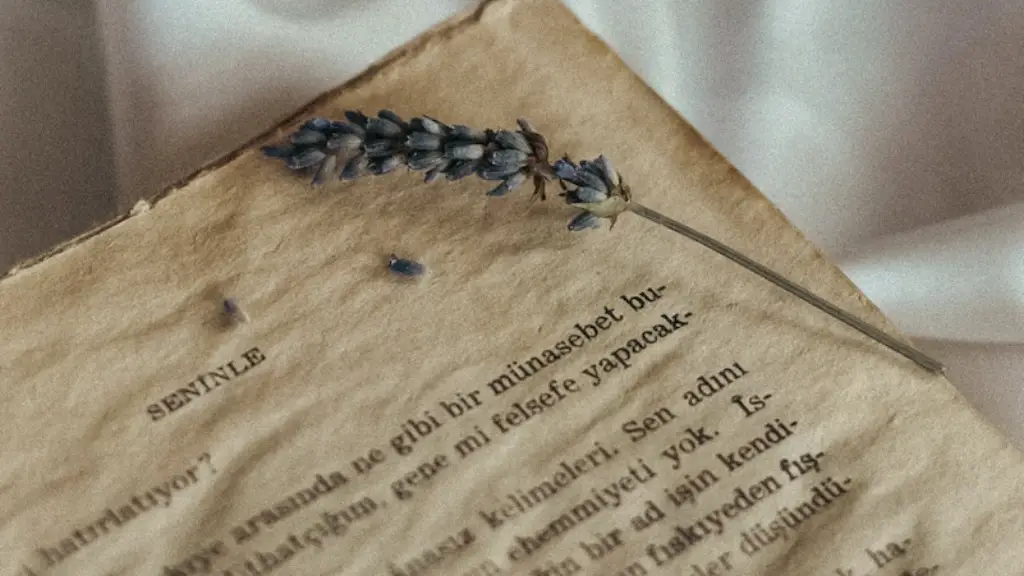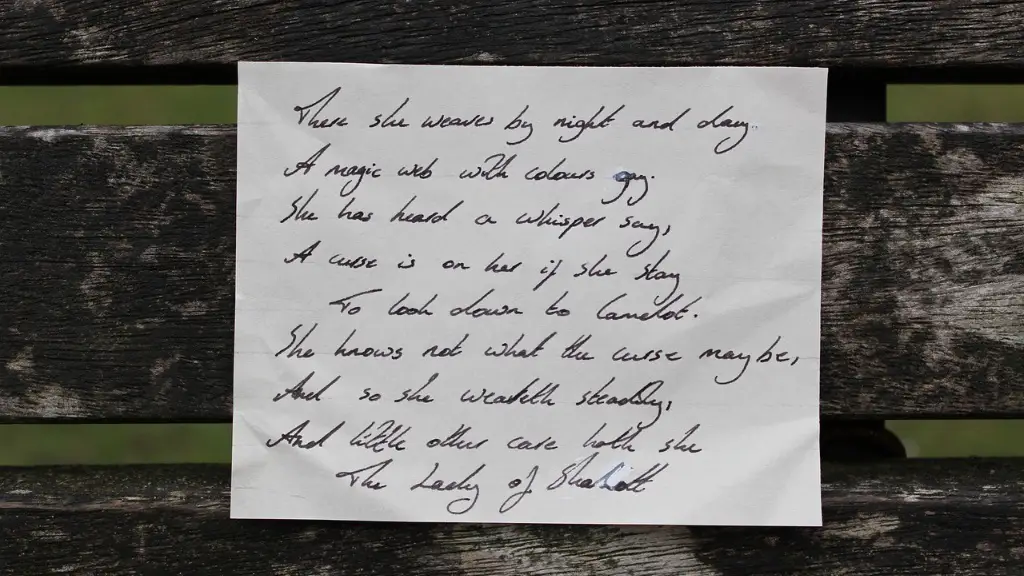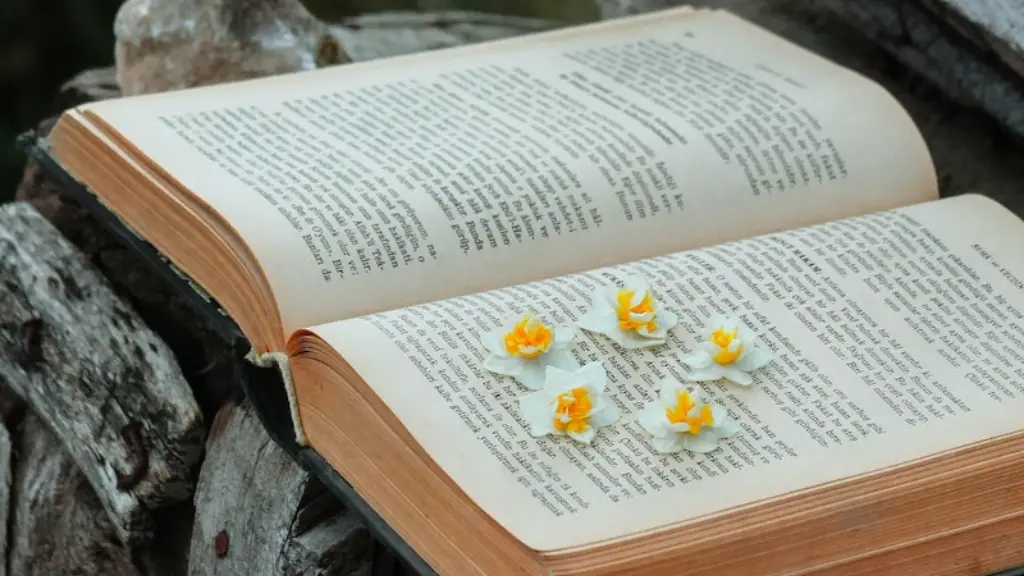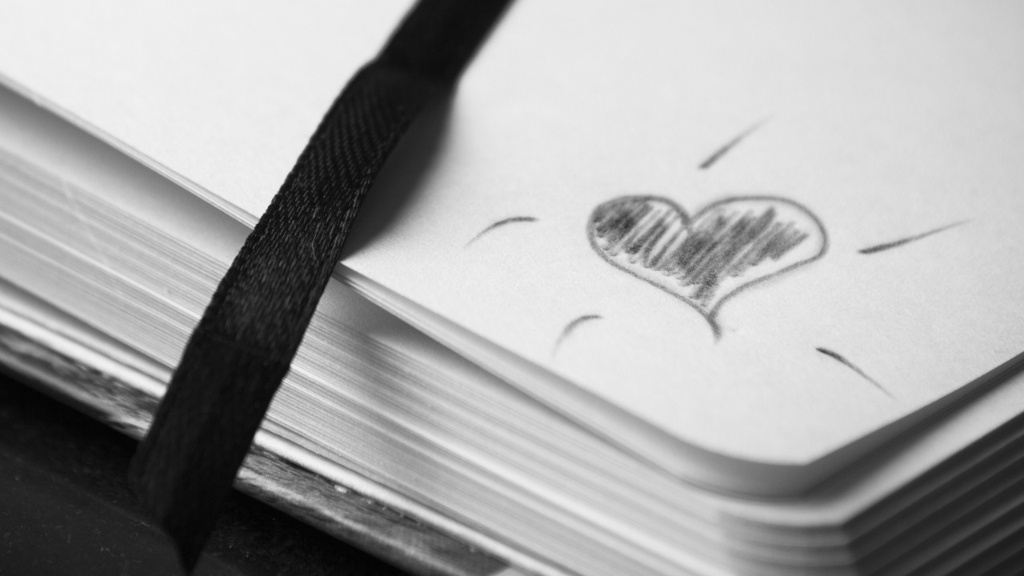Introduction
It can be difficult to teach poetry to second graders. Literary devices, such as meter and rhyme, are advanced concepts that many children of this age are still struggling to grasp. It is important to craft lessons that will be understandable yet stimulating so that the students can appreciate poetry and use their imaginations to create their own. Teaching poetry to second graders requires balancing educational objectives with child-friendly activities that will ensure they are engaged and having fun.
Making Poetry Fun and Accessible
One way to make poetry more interesting for second graders is to select pieces that feature interesting and entertaining topics. Humorous poems that explore children’s perspectives on everyday events, such as cleaning up or playing sports, or poems about animals or classic stories may be easier for second graders to comprehend. It is important to match the level of difficulty to the age group.
When teaching poetry, it is helpful to provide multiple references that explain and demonstrate the different literary techniques. Language can be a barrier for many children who are learning about the subtleties of the English language. Glossaries and tutorials can help to provide definitions for the students and make it easier for them to follow the lesson.
It is also important to break down each element of the poem. Introduce alliteration as a device that is used to emphasize certain sounds and reference examples from classic poems. Point out metaphors as figurative language that authors use to create vivid visuals in the readers’ heads. Explain me to second graders that these are all tools that they can use when they are crafting their own work.
Exploring Poetry with the Five Senses
Any elementary school curriculum should incorporate elements of the five senses when exploring not only poetry but also stories and other materials. Sensory play enhances children’s understanding of the texts. When discussing a poem, have students explore it through multiple mediums. Ask them to make art pieces that reflect the topics, act out scenes and create instruments that match the poem’s rhythm.
Create a group workstation where each element of the poem, such as a metaphor or image, can be discussed, explored and expressed. By working in a group, students will get to learn from each other, share their thoughts and experience poetry in a supportive setting.
This approach also helps teachers who are developing interactive lessons that rely heavily on visual and audio stimulation. Many second graders learn more effectively when they can interact with the material and use their creativity.
Using Poetry to Connect Different Genres
Connecting poetry to other forms of literature can help to reinforce the topics that are being discussed and help the students to get a better understanding.
For instance, when discussing a classic poem by Kipling, the teacher can point out its similarities with Robinson Crusoe and link it to a lesson on adventure novels. It is also important to make connections with popular culture too. Discuss the parallels between books such as Alice’s Adventures in Wonderland and iconic music pieces.
By participating in such activities, students will become aware of the pitfalls and rewards of reading poetry, and the teacher’s goal of exposing them to different types of literature will be accomplished.
Making Connections to Everyday Life
Young learners will be more successful when they can connect their studies to their everyday lives. When teaching a particular topic, incorporate elements of their daily routines. Push the students to think critically and ask them questions that they can explore through active dialogue.
For example, when discussing a poem about nature, ask the students to create a list of five things that they could do in the summer to take advantage of the outdoors. After coming up with ideas, have them use their five senses to explain why these activities are enjoyable.
When teaching poetry to second graders, it is imperative that the lessons are geared towards the age group and practical. Being able to locate connections between the pieces being read and the real world will help second graders to appreciate poetry and enhance their comprehension.
Connecting Poetry to Music and Art
Another way to make poetry more interesting for second graders is to introduce elements of music and art. Ask them to draw a picture that depicts the mood of the poem and explain why they chose to include certain elements. Encourage them to explore musical arrangements that go along with the illustrations. It is important to invite them to listen to songs that capture the overall mood of the poem and create a beat that they can memorize and enjoy.
Discussing painting techniques, whether still life drawings or abstract art, can be beneficial when exploring a particular poem. Kids love to make-believe and be creative. Ask the students to create their own images or stories and illustrate them. These activities will help to improve their visual literacy and appreciation of the literature.
Incorporating Technology
With the increasing access to technology, teachers can incorporate digital tools into their lessons. Videos, images, documentaries and interactive activities can be used to enliven the students’ experience and make the learning process more enjoyable. This is particularly beneficial for children who are visual learners.
For instance, create online presentations or videos to explain certain concepts and discuss the effects of different meter styles. Digital stories and ebooks can also be used to encourage interaction and help the child stay engaged. When teaching poetry to second graders, it is important to create an environment that combines learning with fun in order to ensure they are interested in the topics being discussed.
Conclusion
It is possible to teach second graders about poetry, as long as the lessons are interesting and relevant to their lives. Tapping into the power of the five senses and connecting poetry to other forms of literature and music are good strategies to keep the students engaged. Additionally, incorporating technology into the lessons can help make the material more enjoyable and help the students to appreciate the works of literature that they are reading.




